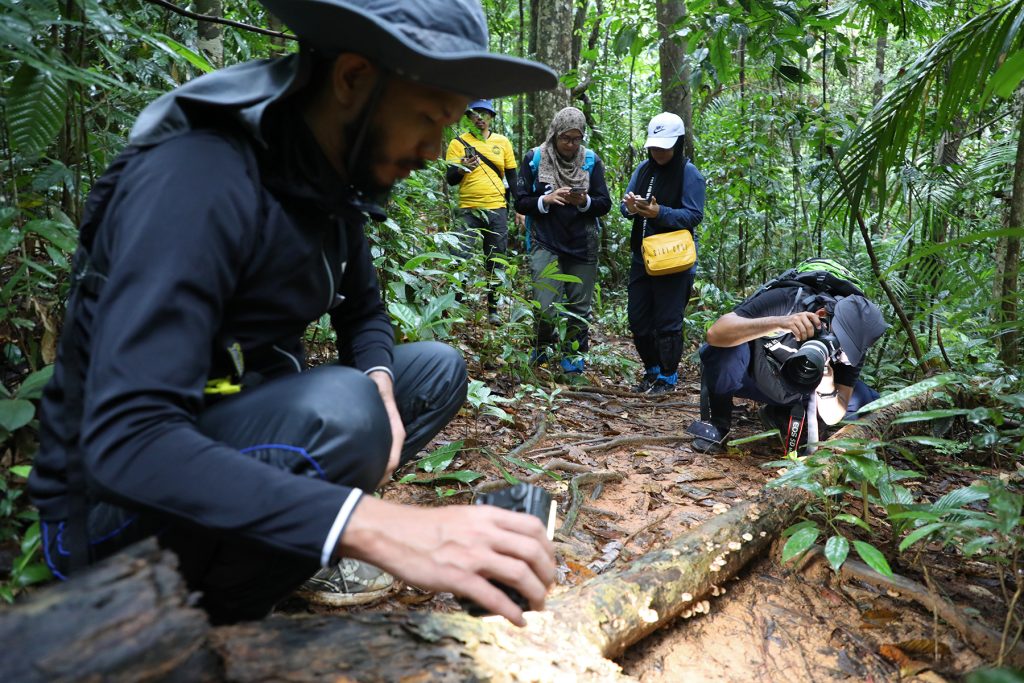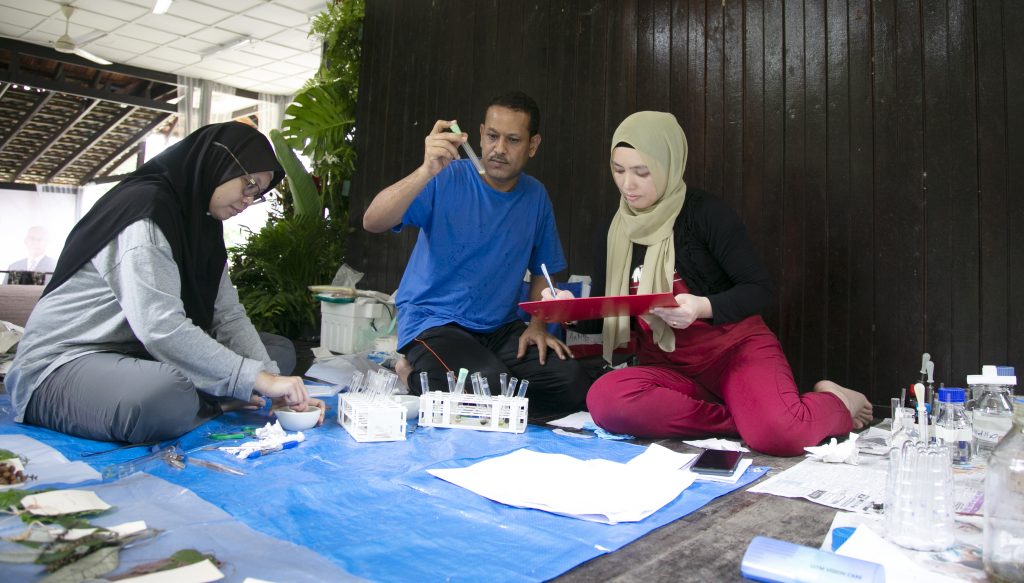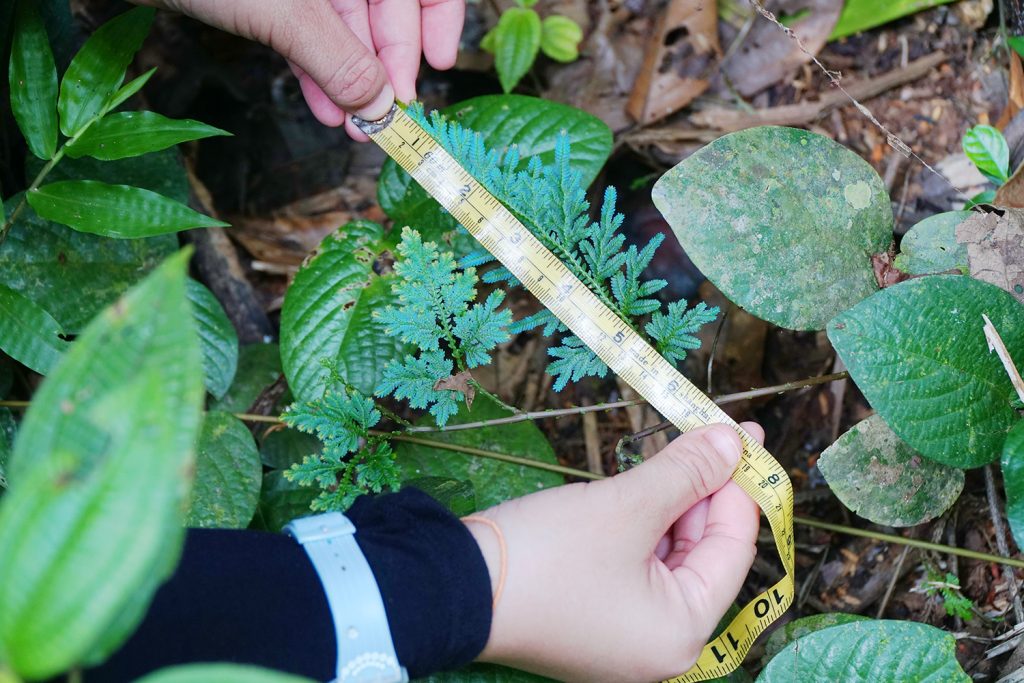Photography-Based Research For The Sciences
Ts. M Shariful Hafizal B. Aminuddin
Photographic work combines scientific experimentation with creative expression; according to Marvin Heiferman, photography is utilized by both artists (photographers) and scientists to categorize data collection and communicate specific aims for the same reason. It enhances our understanding of the world around us and has been an essential tool for scientific research for over a century. It is designed to facilitate the connection between research data, researchers, and the scholarly community. Mainly, photographic tools are used to record and document observations, analyze data, and communicate the findings to others.
Photography-based research is particularly crucial, as it allows scientists to capture visual information that the naked eye cannot see. One of the main advantages of using photography in scientific research is that it enables scientists to capture images of objects and events that are too small or fast for human eyes to see. In microbiology, for instance, scientists use microscopy to acquire images of bacteria and other microorganisms. The microscopy images provide scientists with a greater understanding of the structures and behaviours of these microscopic organisms.
Thus,

Photography technology is essential for facilitating the scientific study. For example, a photographer who knows how to use “low light source techniques” or “astrophotography” can make pictures the human eye cannot see. In astronomy, “long-exposure” techniques are required to capture the finer aspects of the celestial universe’s magnificence.
Using photographs, scientists could show that neutrons existed in 1932 and viruses existed in 1942. (science. Jrank). Comparing photographic telescopic maps also led to the discovery of the planet Pluto. Researchers also utilise photography to gather data and expand their understanding of the measurement field in science.
"Technology and expertise in photography are needed." The visual data produced must be precise and demonstrate the validity of research-based findings'
The field of ecology is a further field of photography in a scientific investigation. Photographs of behaviours of animals and habitat help scientists comprehend how different species interact with one another and their environment. For example, researchers use camera traps to capture images of animals in their natural habitat, thereby gaining insight into their behaviour and contributing to the development of conservation strategies.


Photography also contributes to an essential part of qualitative research. It provides researchers time to watch and analyse the behaviour of a species using photographic technologies. Photography can also be employed for data analysis as opposed to image capture. To construct 3D models of objects and landscapes, scientists use photogrammetry, the science of obtaining measurements from photographs. These models can be used to determine an object’s size, shape, and volume, as well as to construct maps and topographical models.
The use of photography in scientific inquiry has limitations despite its numerous benefits. One limitation is the resolution of the image-capturing camera. High-resolution cameras are required for capturing images with a high level of detail, but they are costly and may not be readily accessible to all scientists. Another limitation is the distortion that can occur when capturing images of three-dimensional objects, which can impact the precision of measurements derived from the images.
In conclusion, understanding photography goes beyond its purely aesthetic worth. It has a limitless and expansive role. What is crucial is how the technology is optimally utilised for the benefit of all parties. Research-based photography is an indispensable instrument for advancing scientific knowledge in various disciplines. From microbiology to astronomy, photography enables scientists to capture visual data that would otherwise be inaccessible, allowing them to make new discoveries and develop innovative treatments and technologies. Photography will continue to play a crucial role in the scientific investigation for decades to come, despite its limitations.


